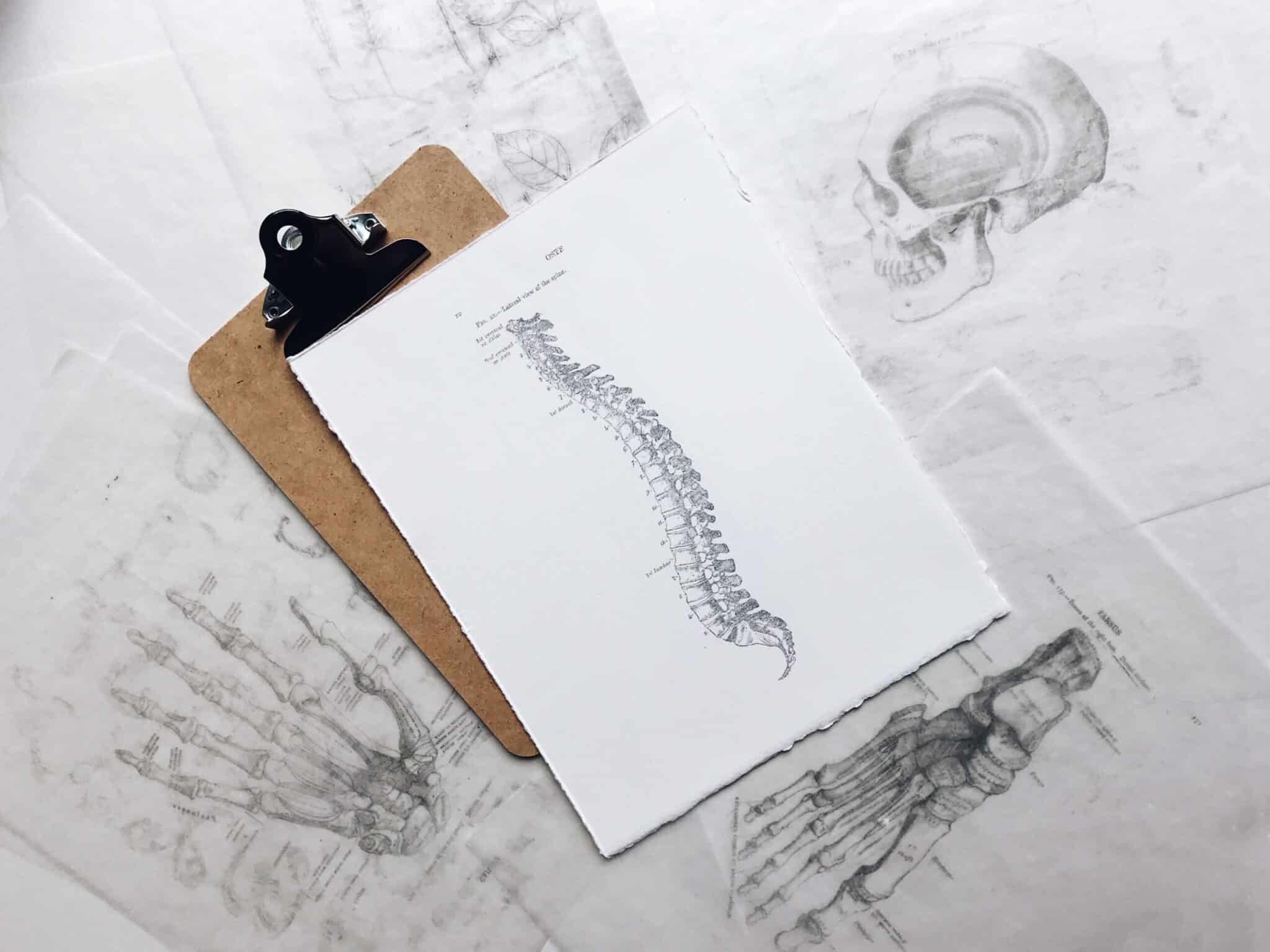People suffer from multiple medical conditions they either develop or are born with. When this happens, those people need to understand the medical condition, so they can adapt to it and focus on taking care of themselves. Scoliosis stands out as a condition multiple people face, so they must identify the key strategies to protect their backs and remain safe.
However, not everyone understands what scoliosis involves or the symptoms associated with it. You need to learn about scoliosis, so you can see if you suffer from it and seek treatment options to help you through your situation. As you work hard and learn about scoliosis, you can get yourself the treatment or help necessary to overcome your condition.
<h2>Understanding Scoliosis</h2>
First, you need to understand what scoliosis involves, so you can see if you suffer from it. Scoliosis means your spine doesn’t go straight along your back like normal. Instead, it twists either left or right along the back, so it doesn’t curve naturally along the center.
This causes people to not have as strong support along their backs. The bends cause them to deal with more pain and strain from specific tasks. Since it curves to the side, the pressure doesn’t spread evenly across the back. Depending on the severity of it, some people may have more or less curves to the left or right of their backs.
<h3>How to Identify Scoliosis</h3>
If you want to know whether you have scoliosis, you need to identify it. You can bend over with your back curved and have someone check the curvature of your spine. If your spine goes straight along the back of your spine, then you don’t have scoliosis. On the other hand, if your spine bends to the left or right deeply, you may have this condition.
If you believe you have scoliosis, make sure you bring it up with your doctor. Doing so allows you to receive confirmation of your scoliosis, so you can seek treatment options to take care of your back and avoid pain. After all, you can try to self-diagnose, but you can only confirm it with a doctor.
<h3>Common Symptoms and Side Effects</h3>
You can find out if you have scoliosis by looking for the common symptoms and side effects.
<ul><li>Difficulty performing certain tasks involving the back.</li>
<li>Excessive back pain if you don’t sleep on specific mattresses.</li>
<li>Difficulty standing for a while.</li></ul>
If you face these symptoms, you may face side effects, including back strain, pain and aches. These side effects can make it difficult for you to tackle your daily tasks as you deal with discomfort. Because of this, you need to seek treatment if you face these side effects, so you don’t need to suffer while you address the issue and continue with your life.
<h3>Seeking Treatment</h3>
If your doctor says you have scoliosis, you need to look for treatment options to help you overcome the pain. For example, your doctor may suggest painkillers to help you deal with it, but if you take them, make sure you strictly follow your doctor’s instructions. Otherwise, you run the risk of becoming addicted to painkillers.
You can visit a chiropractor to find out if you can receive additional help with your scoliosis. You can discuss the options available with your doctor to see which physical therapists can assist you with your scoliosis and pain. Since scoliosis can vary in its severity, you need to find the best option for you.
Scoliosis stands out as a medical condition multiple people face, so it won’t hurt to expand your knowledge on the subject. Whether you suffer from it or know someone with scoliosis, you can provide support and understanding to help out. If you want to understand scoliosis and see what you can do to receive help, call (205) 732-9140 for more information.







